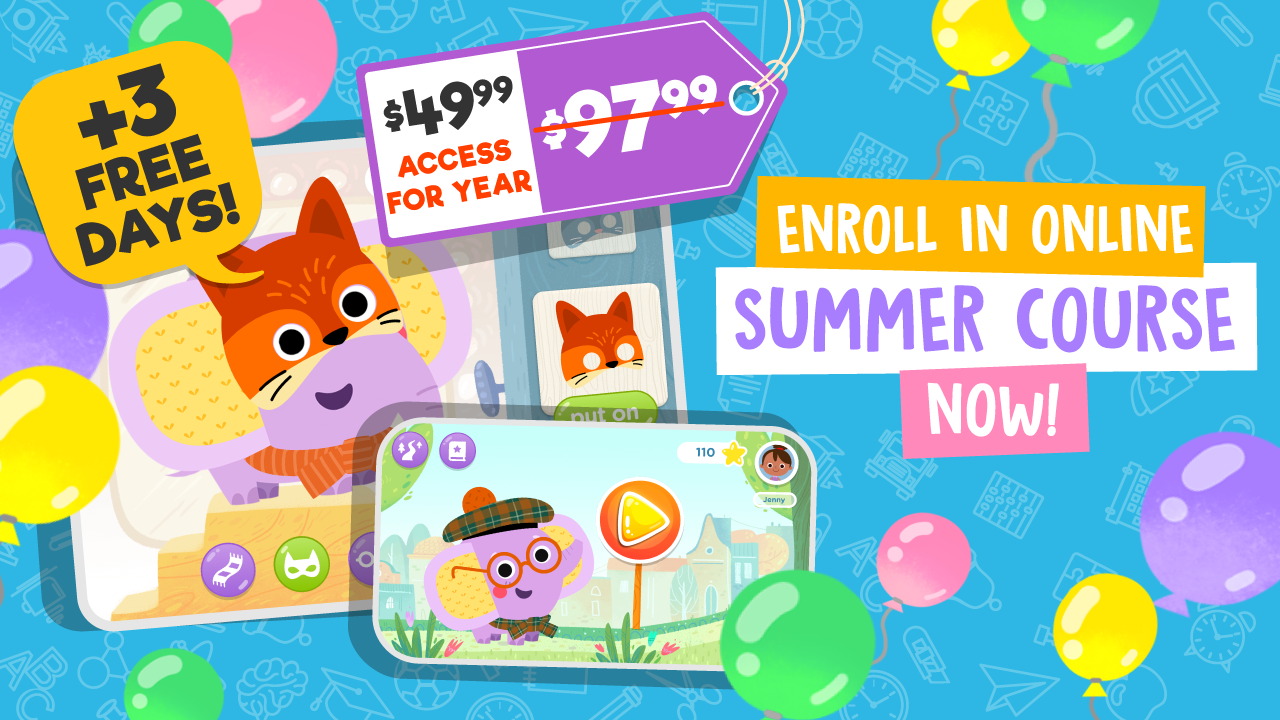Understanding perspectives Reading Worksheets for Ages 6-8
3 filtered results
-
From - To
Discover our engaging "Understanding Perspectives Reading Worksheets for Ages 6-8" – a fantastic resource to enhance your child's empathetic thinking and reading comprehension. Tailored for young readers, these worksheets focus on developing the crucial skill of recognizing different viewpoints within stories. Through fun exercises and thought-provoking questions, students learn to see the world through various characters' eyes. These printable activities not only boost reading enjoyment but also support social-emotional growth. Perfect for classroom or home use, our expertly crafted worksheets will inspire a deeper appreciation of diverse perspectives in budding readers. Help your child embark on a journey of empathy and understanding today!


Point of View Worksheet


First and Third Person Point of View Worksheet


Point of View Worksheet
Understanding perspectives is a critical skill for children ages 6-8 as it lays the foundation for empathy, social skills, and effective communication. At this age, children are beginning to recognize that others may have thoughts, feelings, and experiences different from their own. Engaging in perspective-taking activities through reading can greatly enhance this developmental stage.
When parents and teachers emphasize stories that highlight diverse viewpoints, children learn to see the world from various angles. This not only fosters empathy but also improves critical thinking and problem-solving skills. For instance, by reading a story from the point of view of a child from another culture, young readers can develop an appreciation for diversity and inclusion.
Moreover, understanding perspectives aids in conflict resolution among peers. Children learn that there are multiple ways to approach a situation, which in turn helps them navigate social interactions with more sensitivity and patience. This builds a strong social and emotional foundation that is crucial for future relationships and leadership abilities.
Additionally, perspective-taking through reading develops literacy skills. By analyzing different characters' viewpoints, children enhance their comprehension, inference, and analytical skills, which are essential for academic success.
In short, parents and teachers should prioritize perspective-taking in reading to cultivate well-rounded, empathetic, and intellectually curious individuals.

 Assign to My Students
Assign to My Students
















